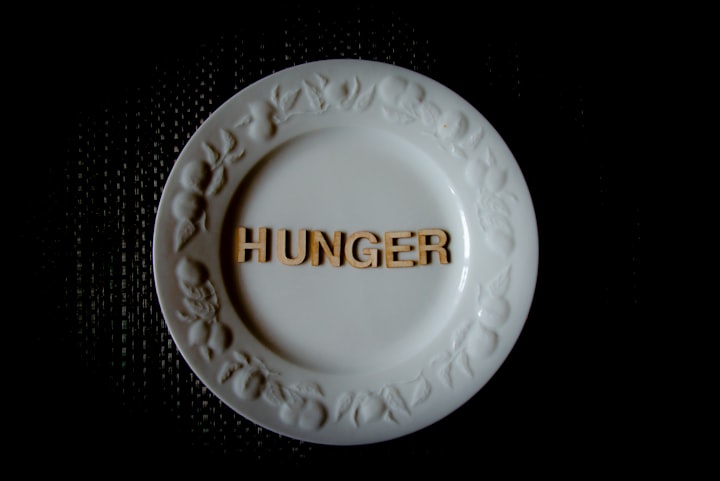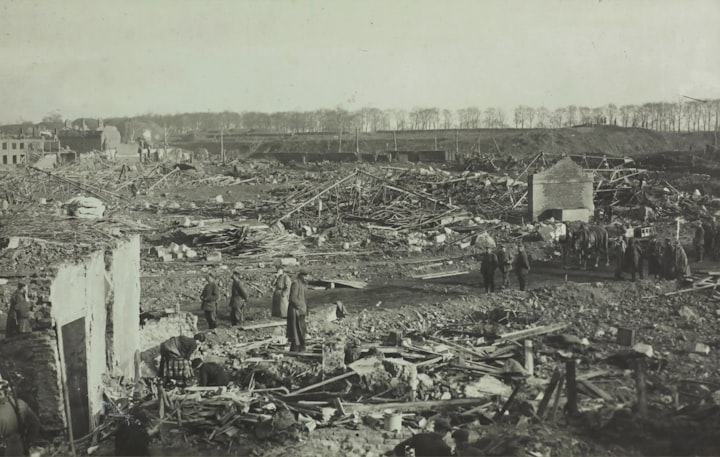The Great Famine in Ireland
During the mid-19th century, Ireland was struck by a devastating famine, known as the Great Famine or the Irish Potato Famine. The failure of the potato crop, combined with oppressive British policies, led to widespread starvation, disease, and mass emigration, resulting in the loss of millions of lives.

The wind howled through the desolate fields, carrying with it a haunting silence. Once vibrant and green, the landscape now lay barren, a stark reminder of the devastation that had befallen Ireland. The Great Famine had cast its dark shadow, enveloping the nation in a cloak of despair.
In the heart of this tragedy stood a family, the O'Connors, their faces etched with exhaustion and hunger. Seamus O'Connor, a proud and hardworking farmer, had watched helplessly as his beloved potato crop withered away, ravaged by a disease that seemed to have a taste for their survival.
As the days grew colder and the shelves grew emptier, the O'Connors, like countless others, faced the relentless grip of hunger. The pangs in their stomachs gnawed at their resolve, driving them to the brink of desperation. Seamus and his wife, Maeve, did everything they could to feed their children, but each passing day seemed to bring them closer to the edge of despair.
One by one, the children grew weaker, their once vibrant laughter replaced by hollow cries. Their eyes, once filled with hope, now mirrored the anguish that consumed their small bodies. Seamus, with a heavy heart, would venture out into the countryside, scouring for any scraps of food to sustain his family, but his efforts were often in vain.
As the famine tightened its grip, the specter of death loomed over the land. The O'Connors, like many others, were forced to make unimaginable choices in the face of starvation. With tears streaming down his face, Seamus made the painful decision to send his eldest son, Liam, across the treacherous sea in search of a better future.
Liam, barely a teenager, embarked on a perilous journey, his heart heavy with the weight of leaving his family behind. He boarded a ship bound for a distant land, his mind filled with the stories of hope and opportunity that awaited him on foreign shores. But deep down, he carried the burden of guilt, for leaving his loved ones behind to face an uncertain fate.
Back in Ireland, the famine's grip grew tighter. Maeve, weakened by hunger and grief, succumbed to illness, leaving Seamus to bear the weight of his family's suffering alone. He watched as his children, one by one, slipped away, their frail bodies unable to withstand the relentless onslaught of starvation and disease.
The once bustling village had turned into a ghost town, with empty houses and silent streets. The wails of mourning mothers pierced the air, blending with the cries of those whose bodies had become nothing more than hollow shells. The echoes of sorrow reverberated through the nation, a mournful symphony of loss and despair.
Seamus, now a broken man, stared at the desolate fields that had once held the promise of abundance. He knelt beside a makeshift grave, where the bodies of his loved ones rested, and whispered words of love and apology. He had fought fiercely to protect them, but the forces of nature and oppression had proven too strong.
As the famine loosened its grip and the world began to take notice, the scars of Ireland's tragedy remained etched upon the nation's soul. The survivors emerged from the darkness, their hearts heavy with grief, their spirits forever altered. They carried with them the memories of the lost, vowing to never forget the price that had been paid.
The Great Famine left an indelible mark on Ireland, shaping its history and its people. It serves as a solemn reminder of the fragility of life, the consequences of oppressive policies, and the enduring strength of a nation that refused to be defeated.
Note: The story above is a work of fiction created to illustrate the subject of the Great Famine in Ireland. The characters and events portrayed are fictional, but they reflect the experiences of the Irish people who endured the devastating effects of the famine.





Comments
There are no comments for this story
Be the first to respond and start the conversation.